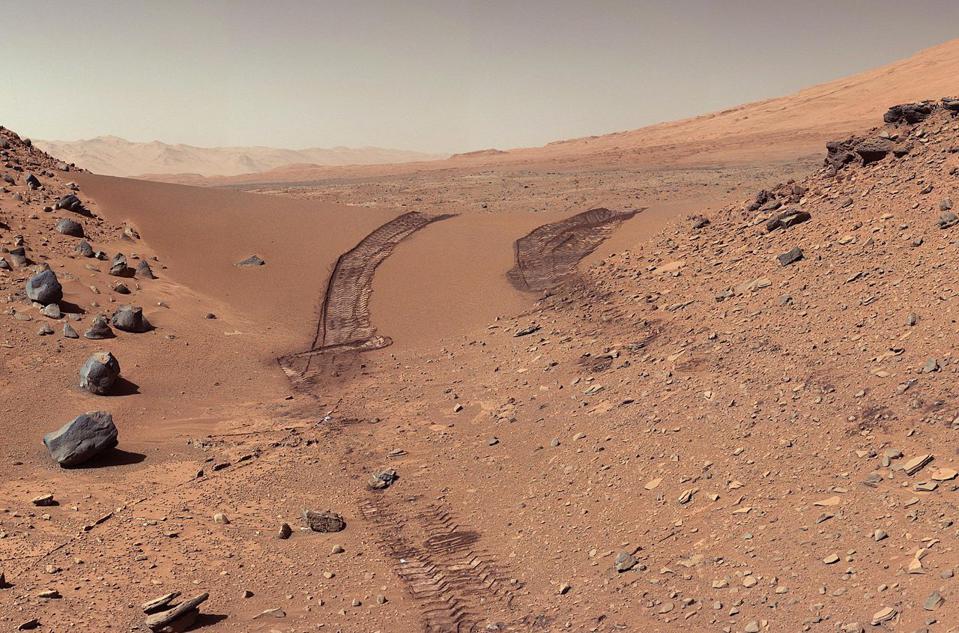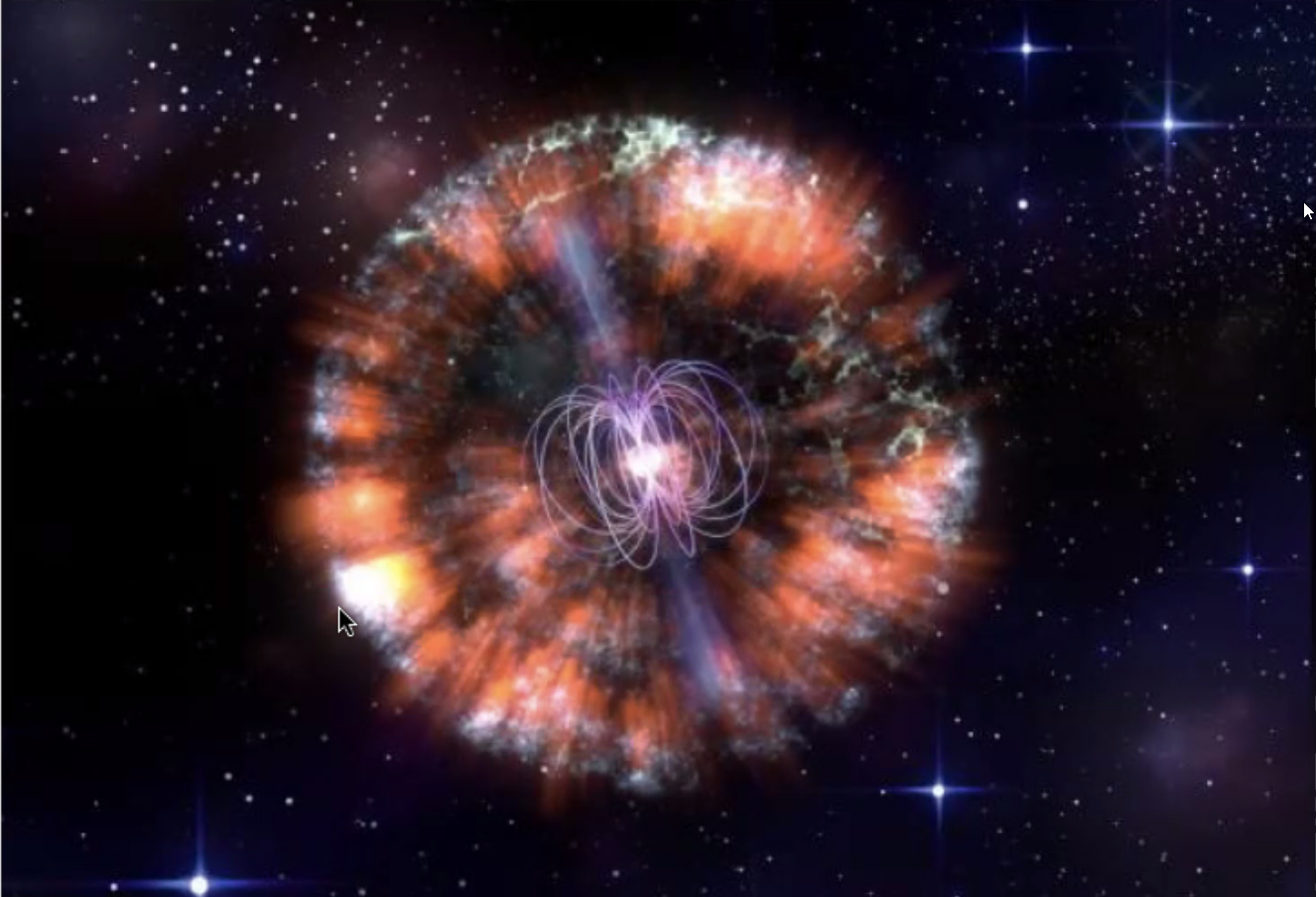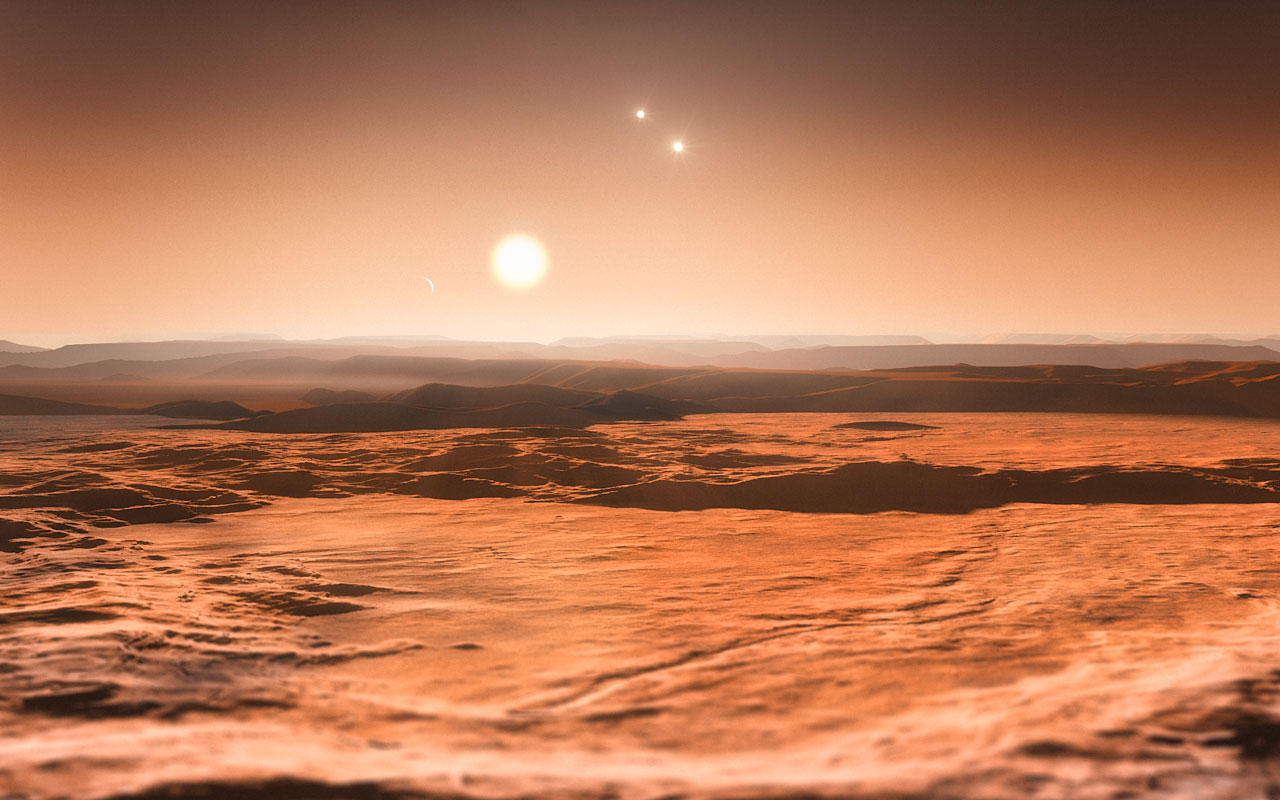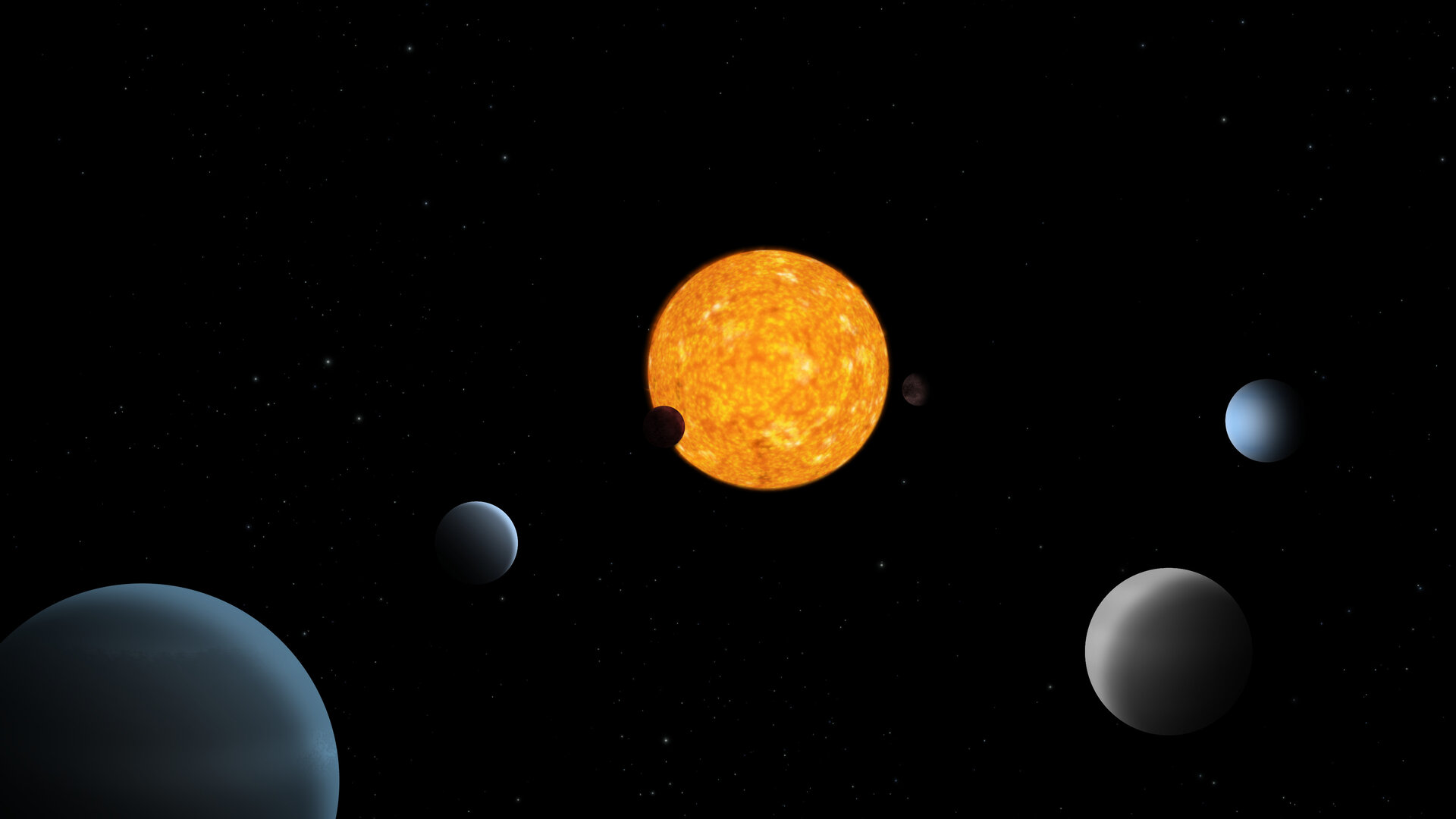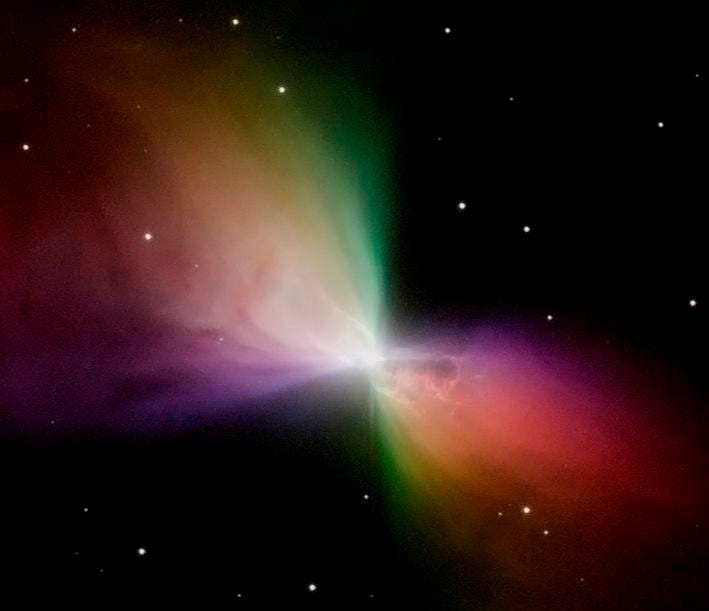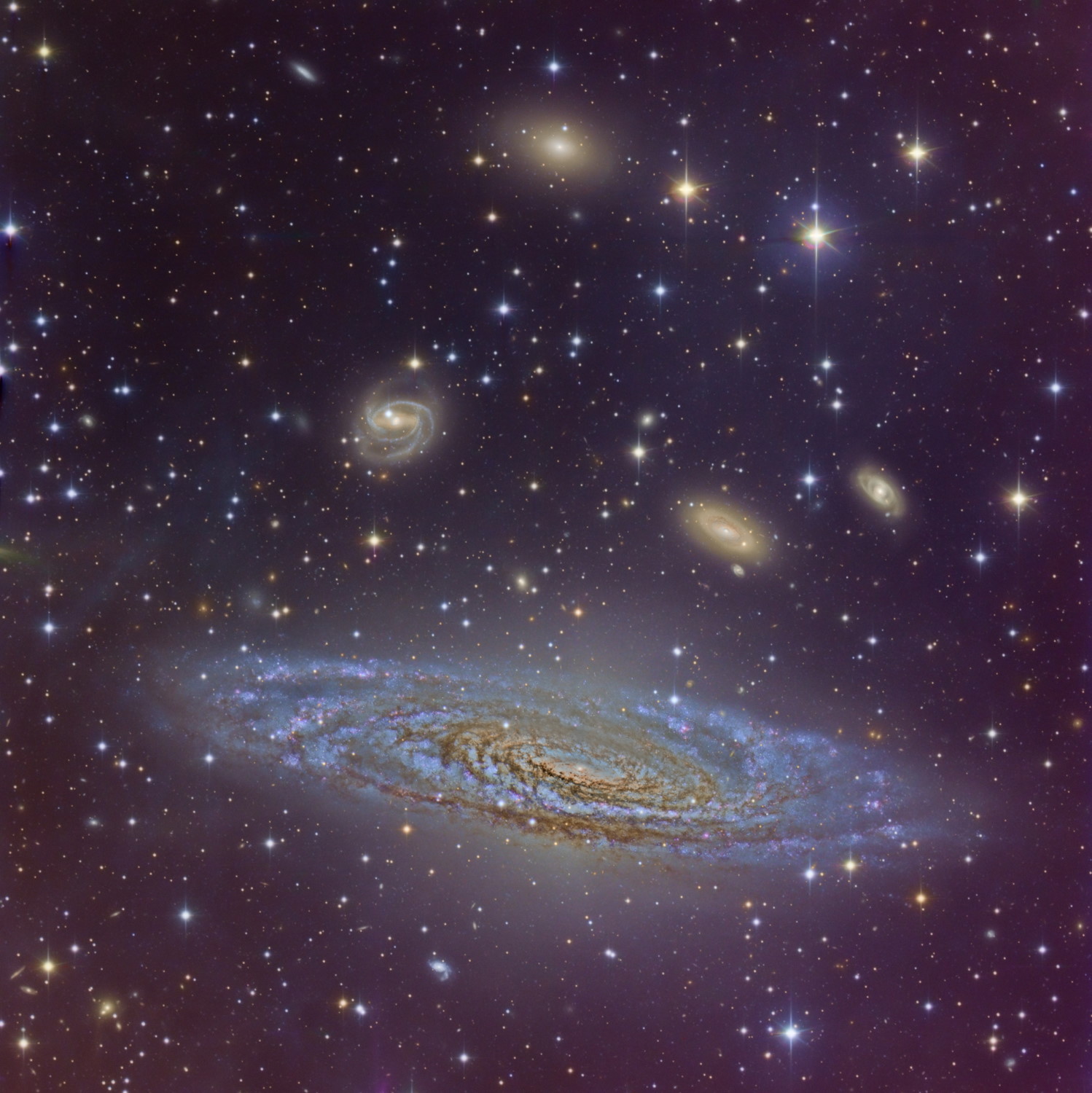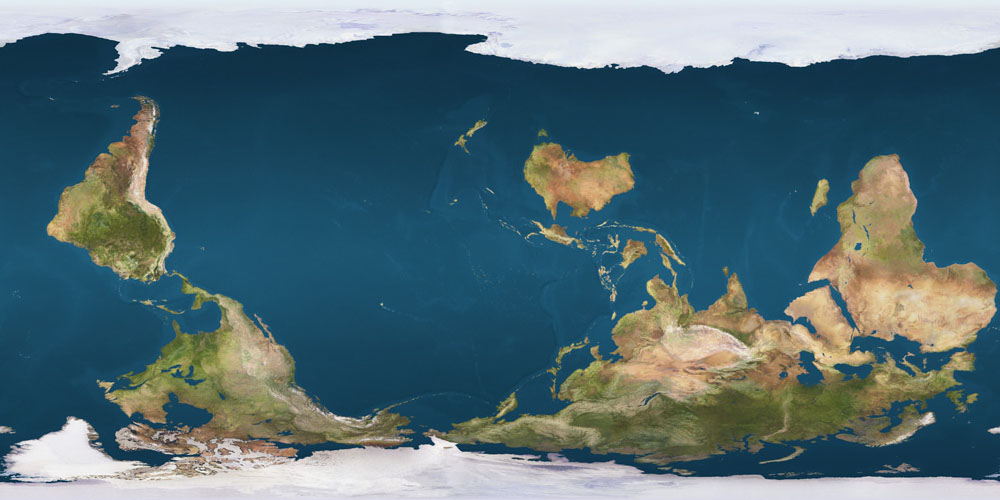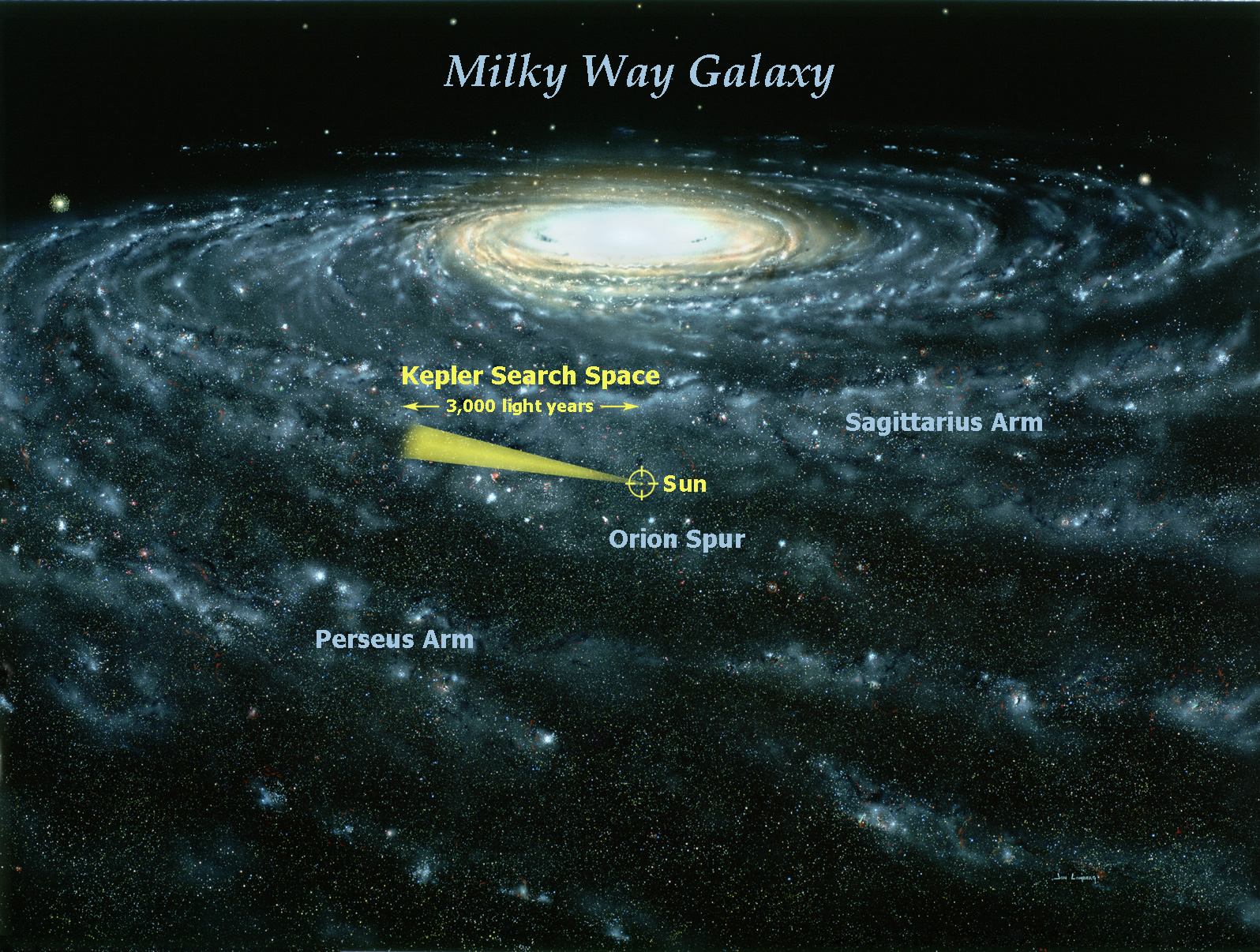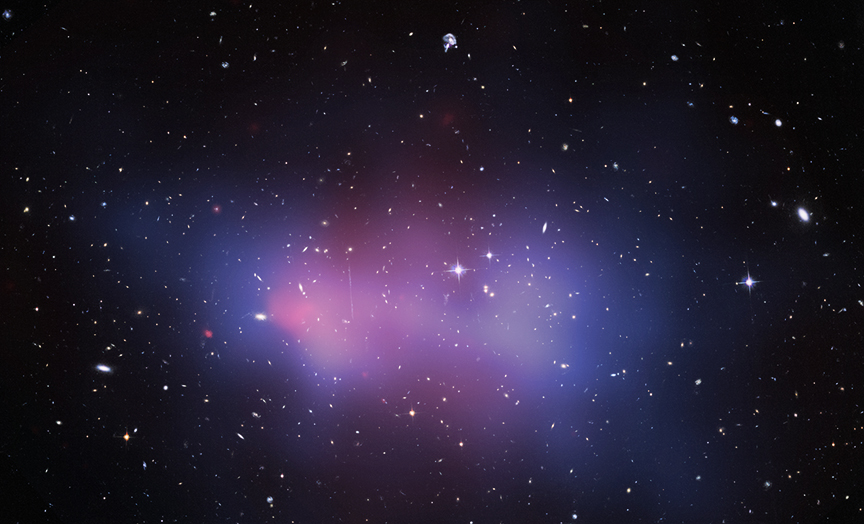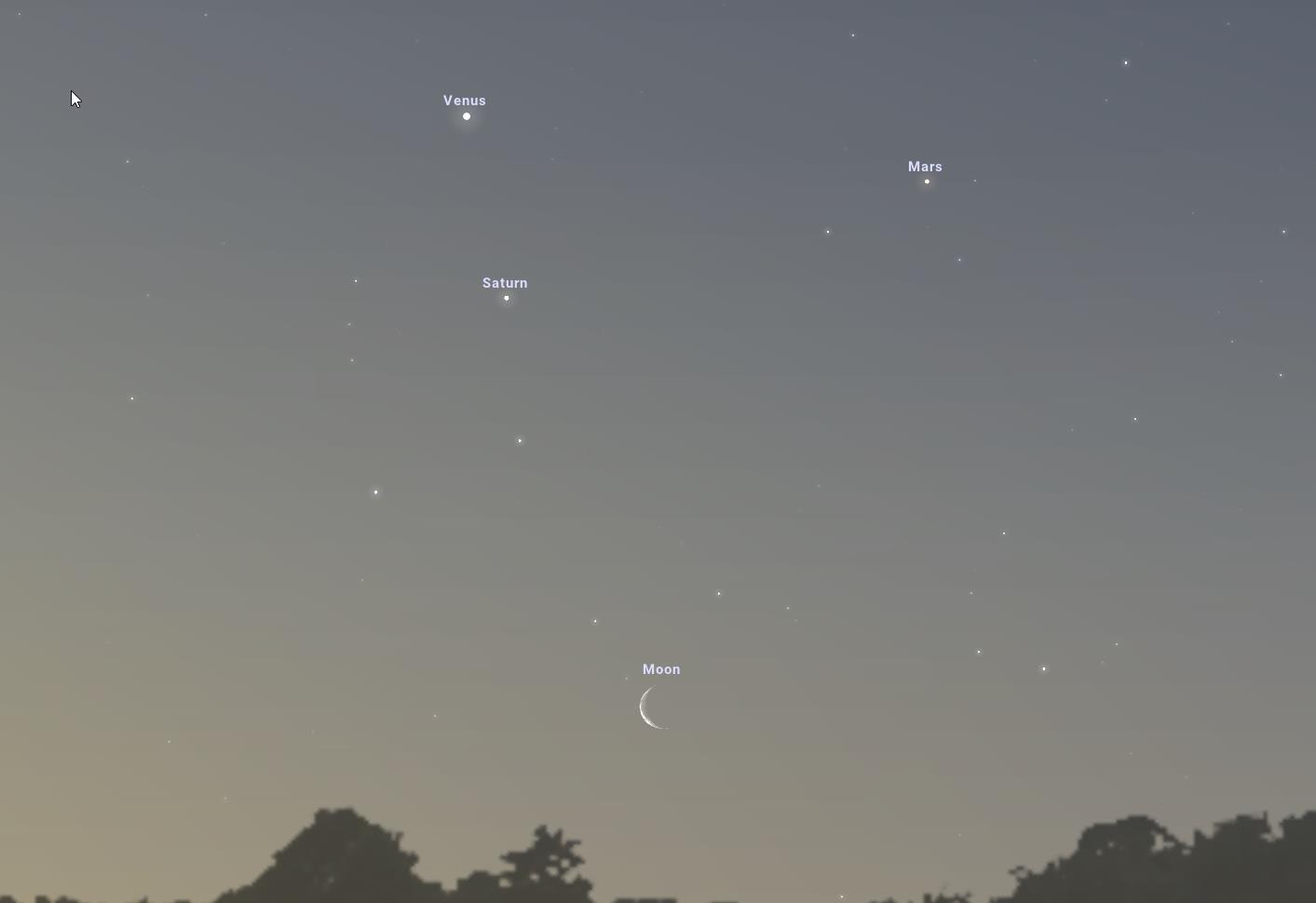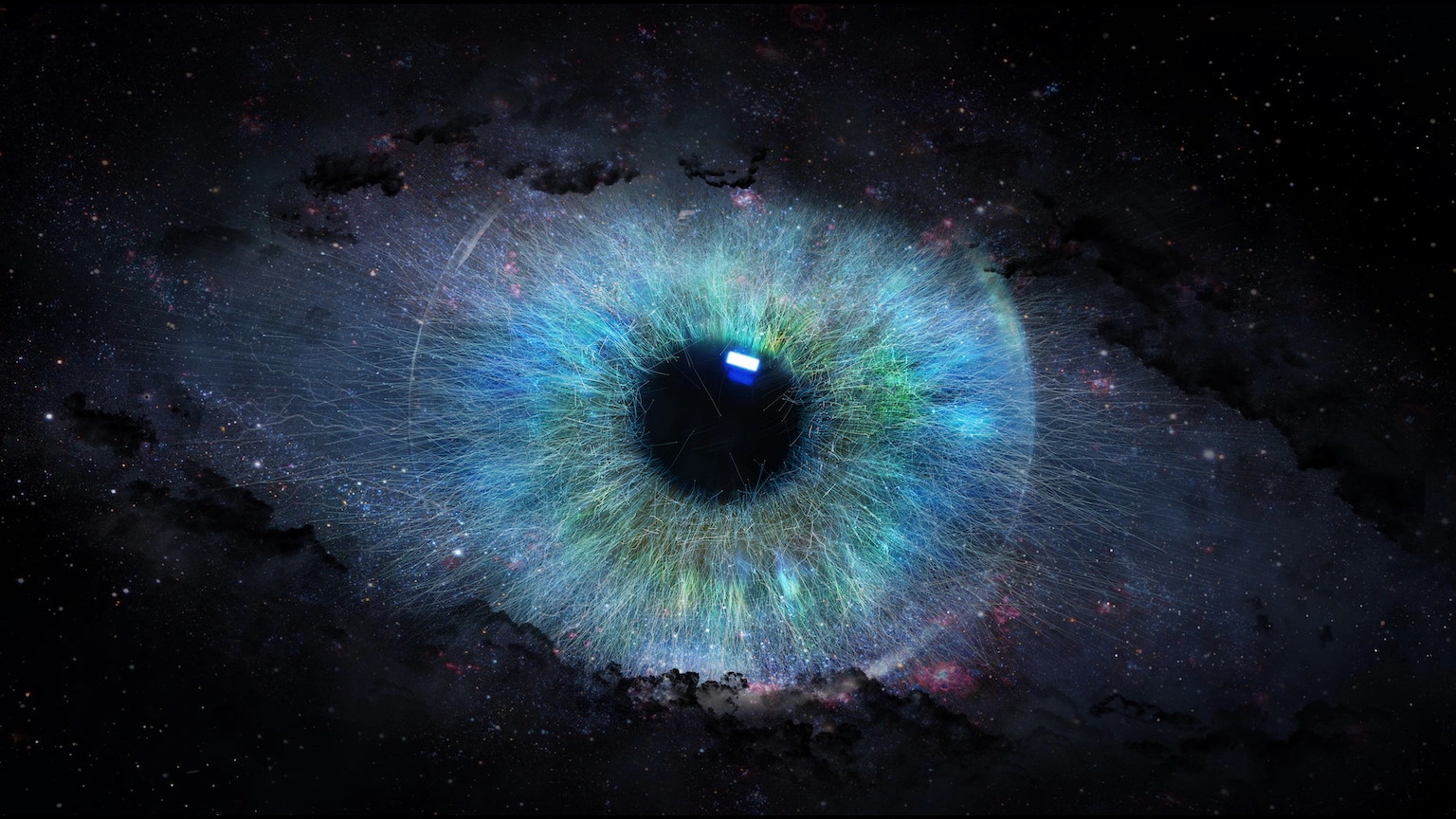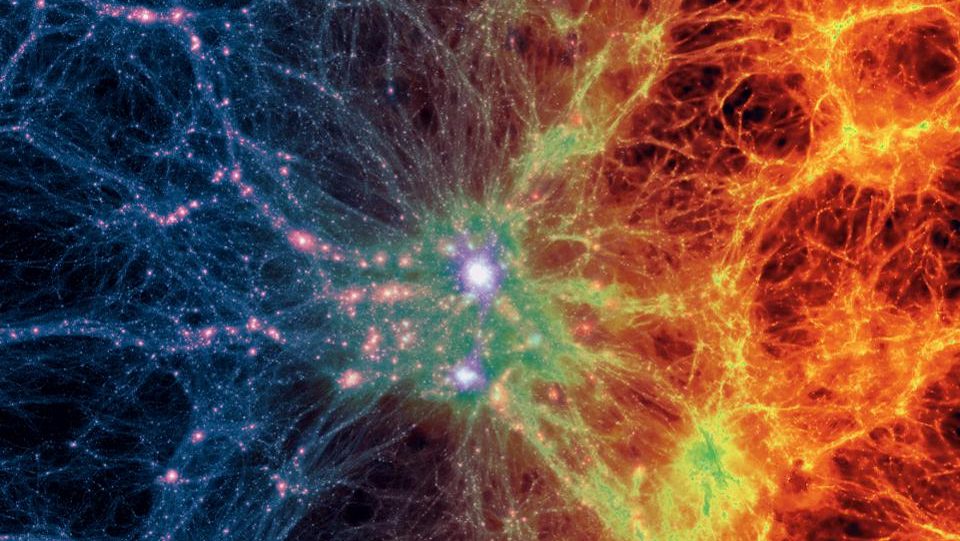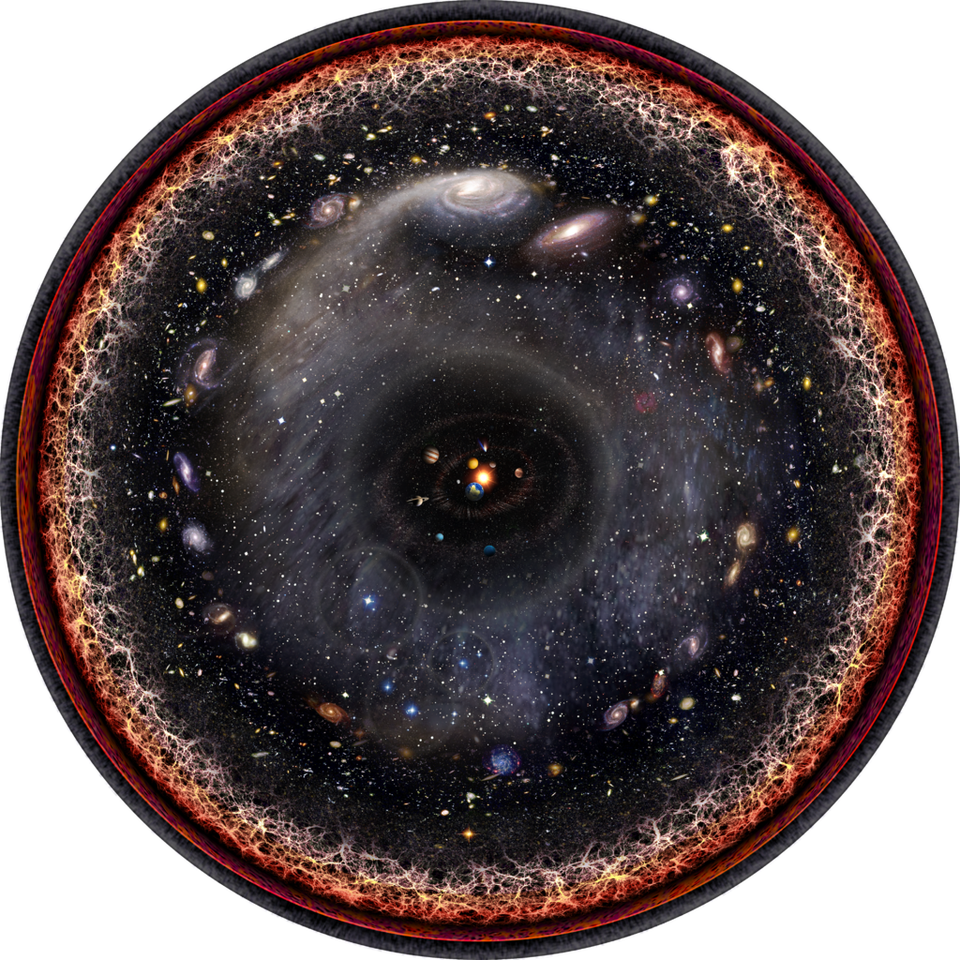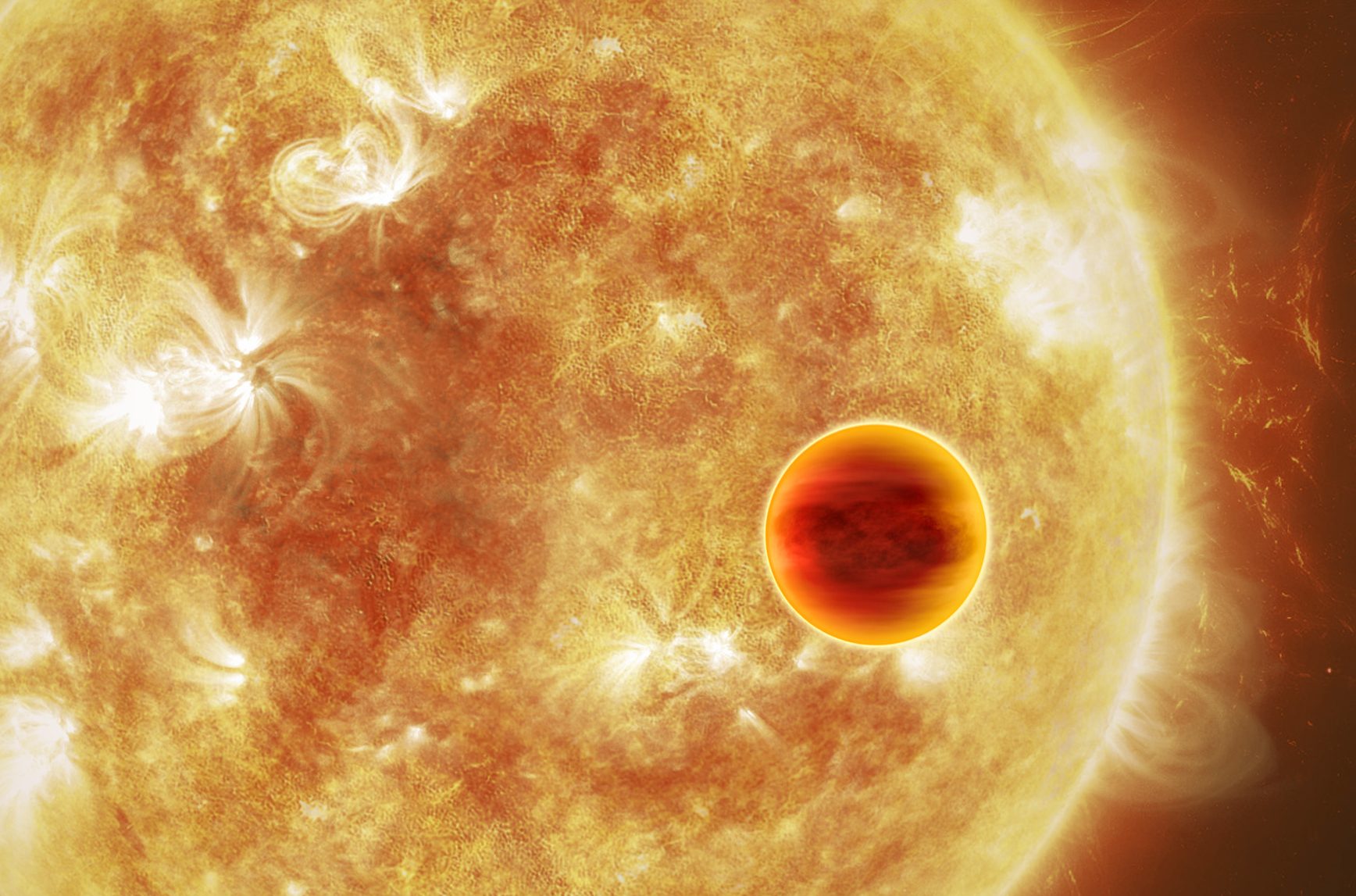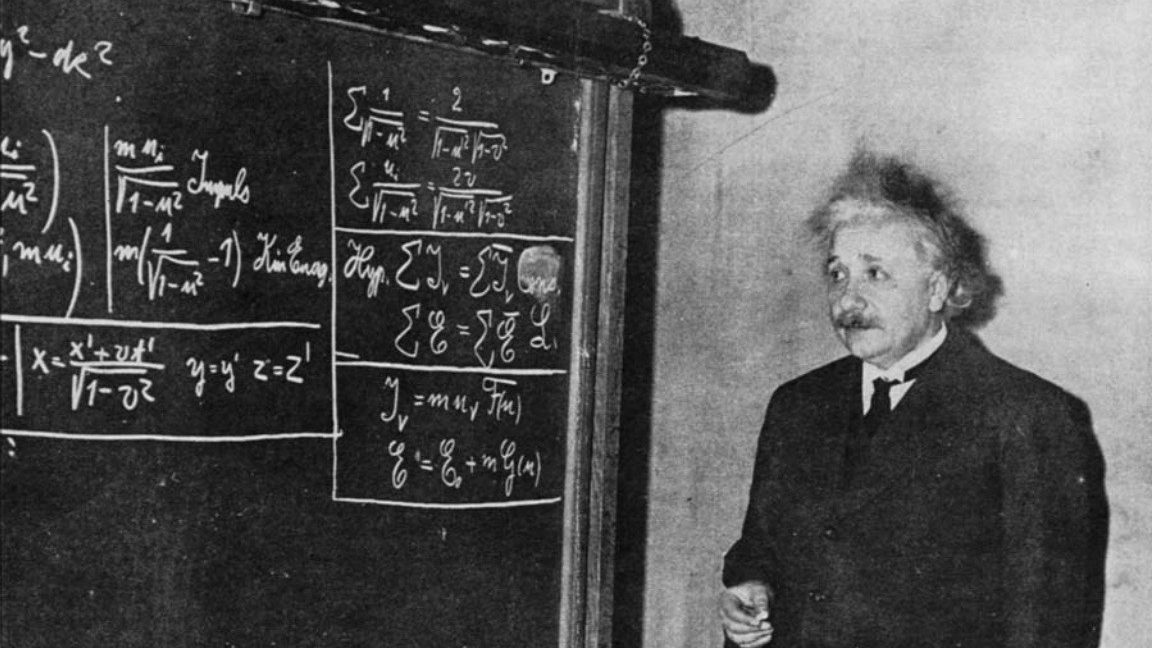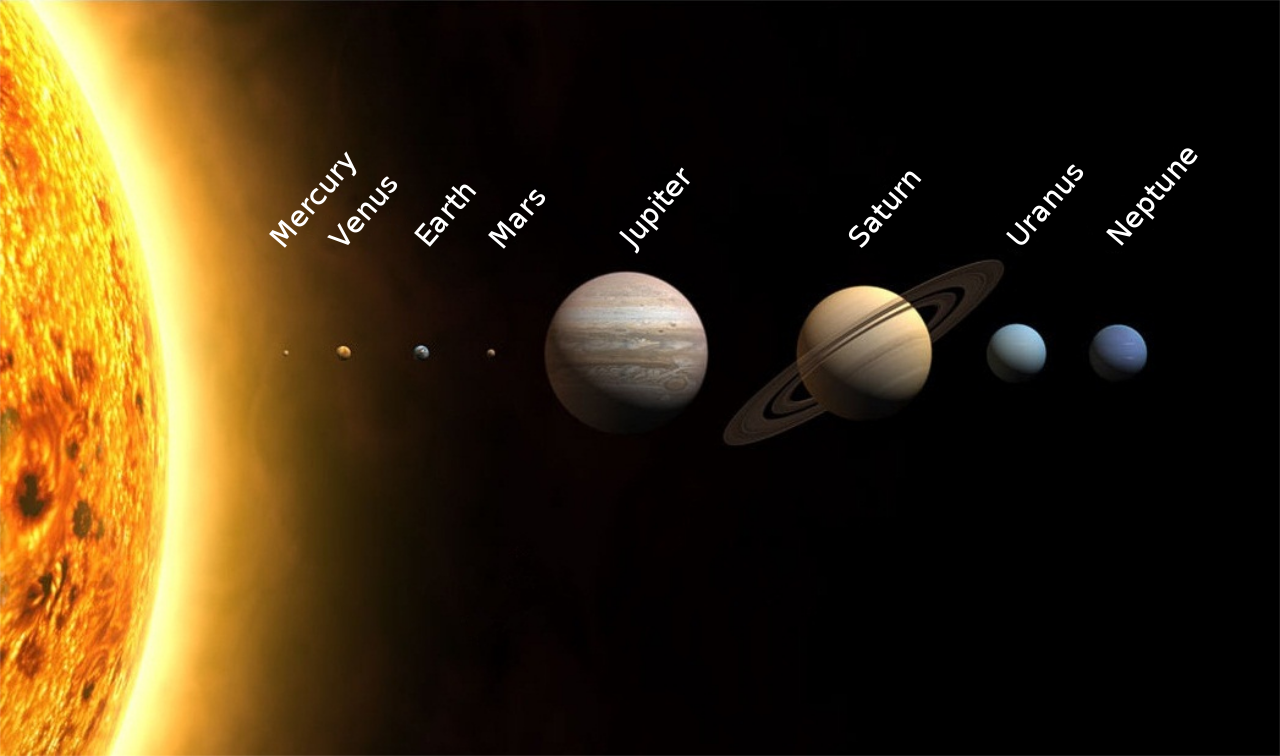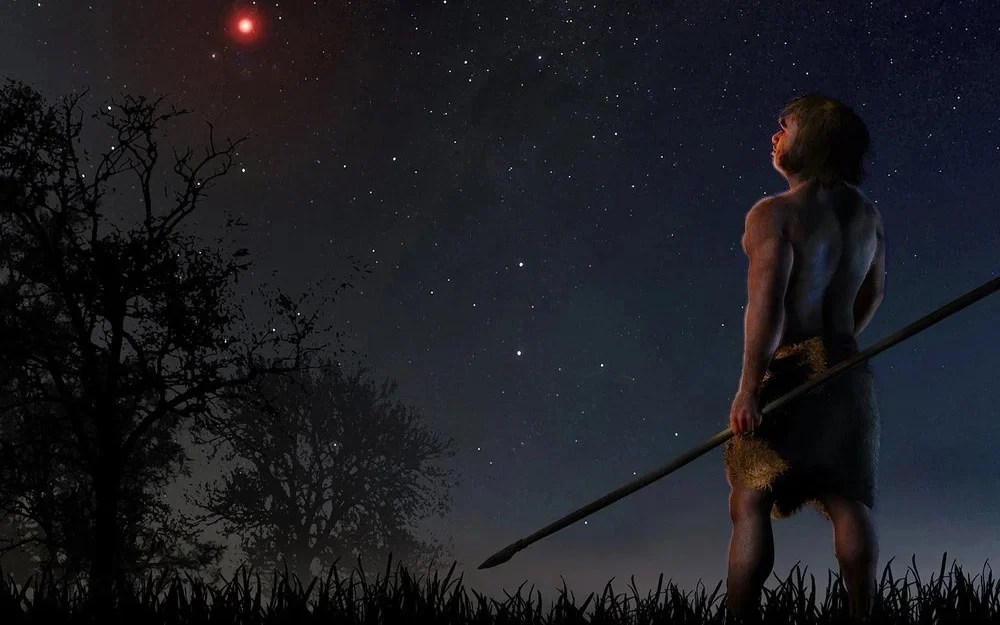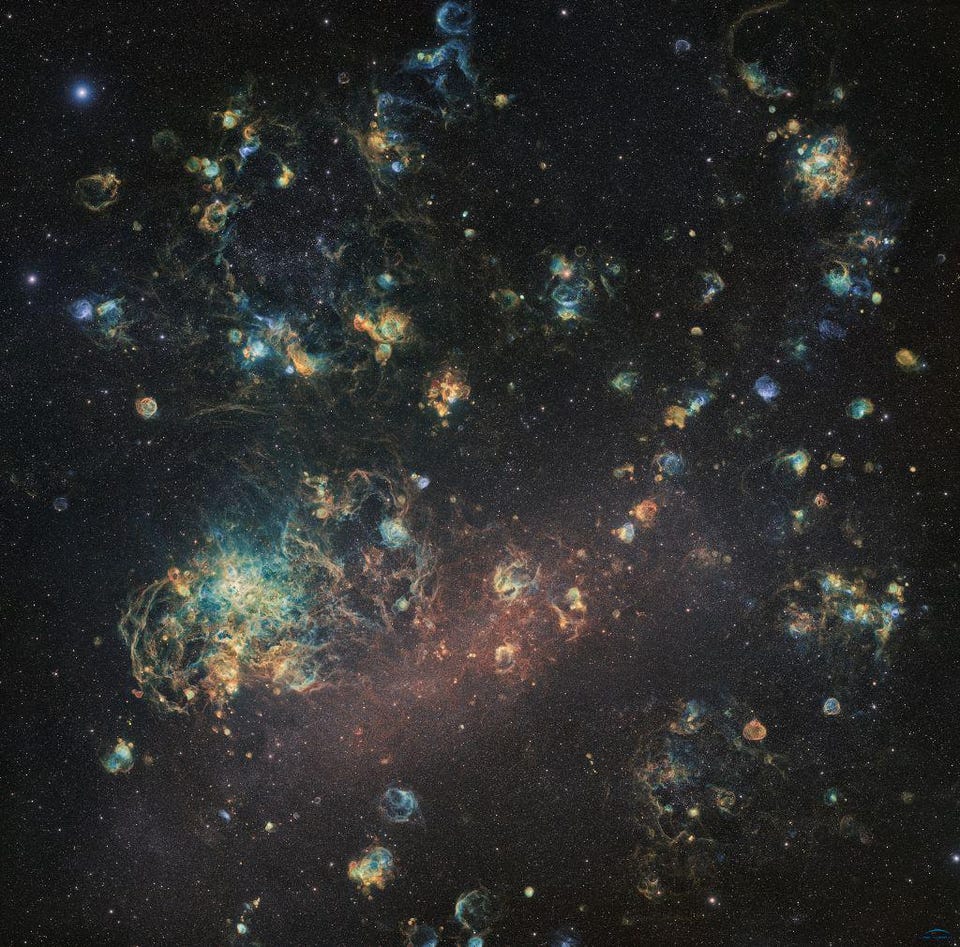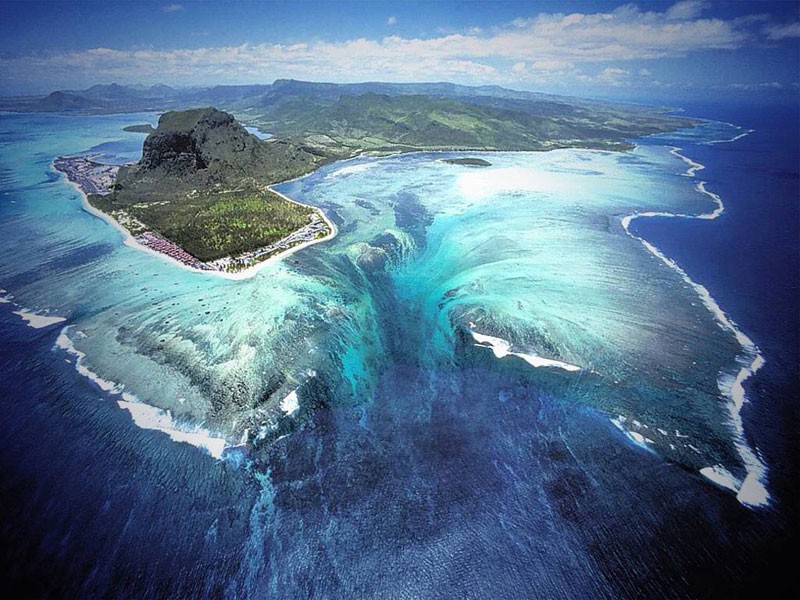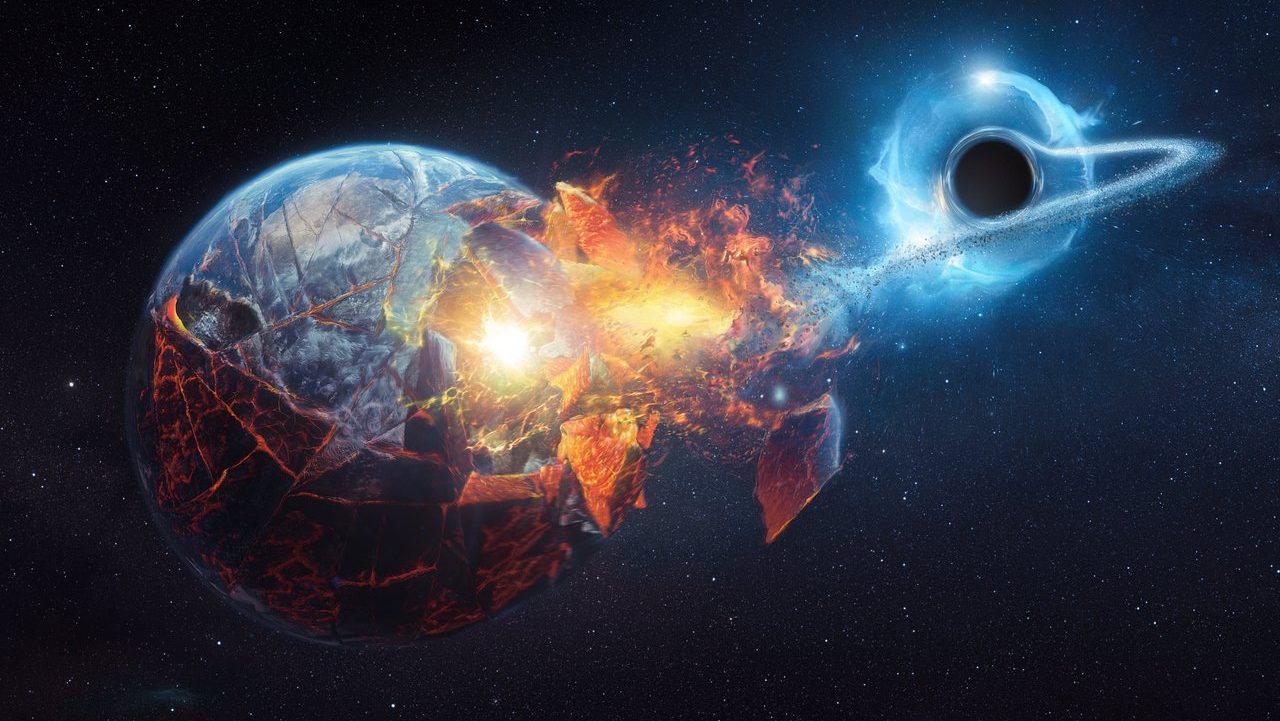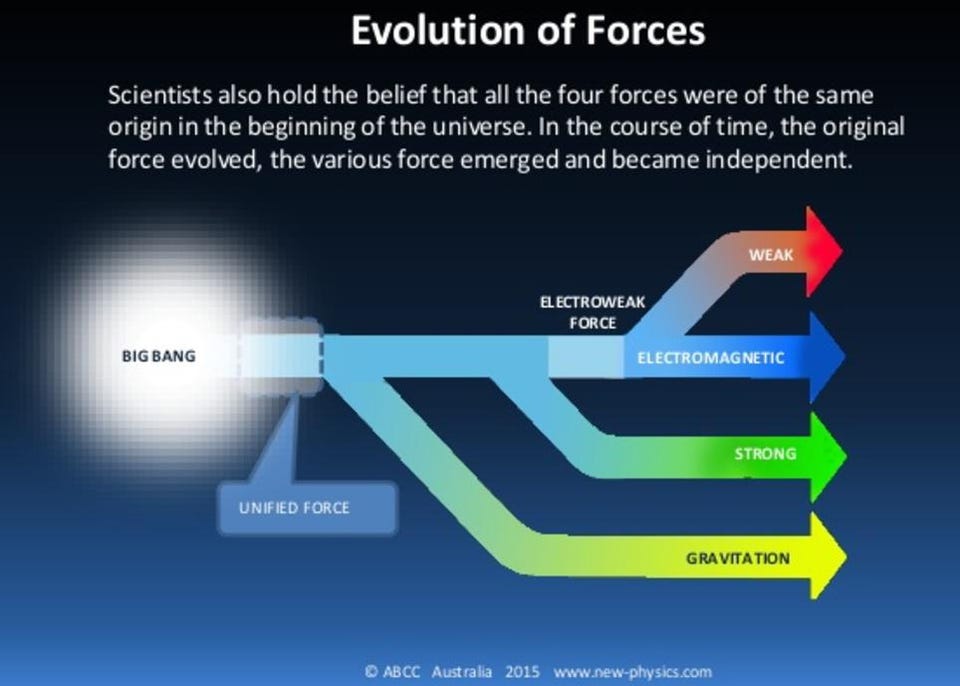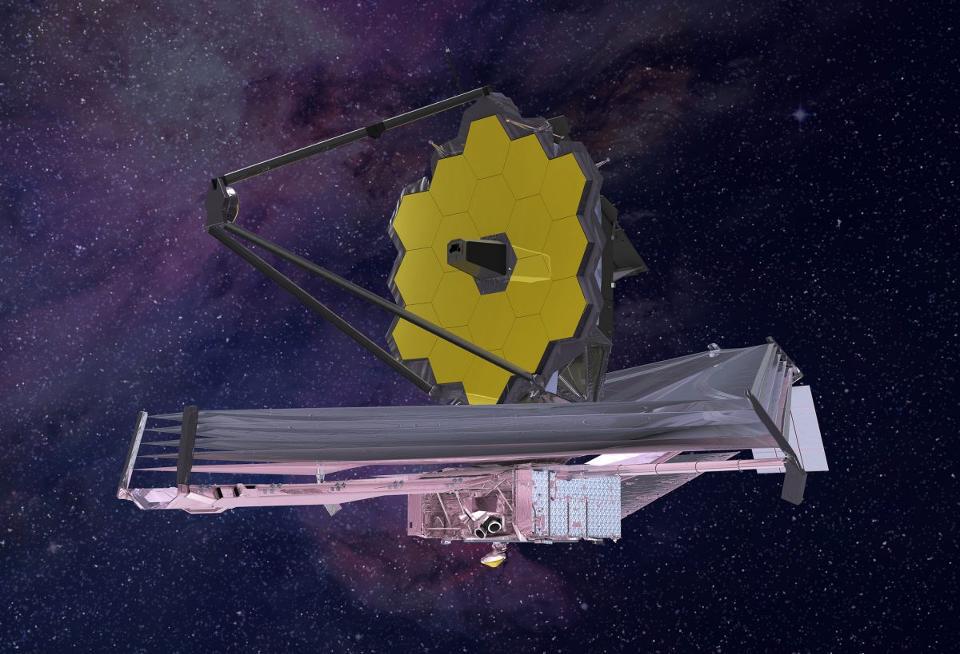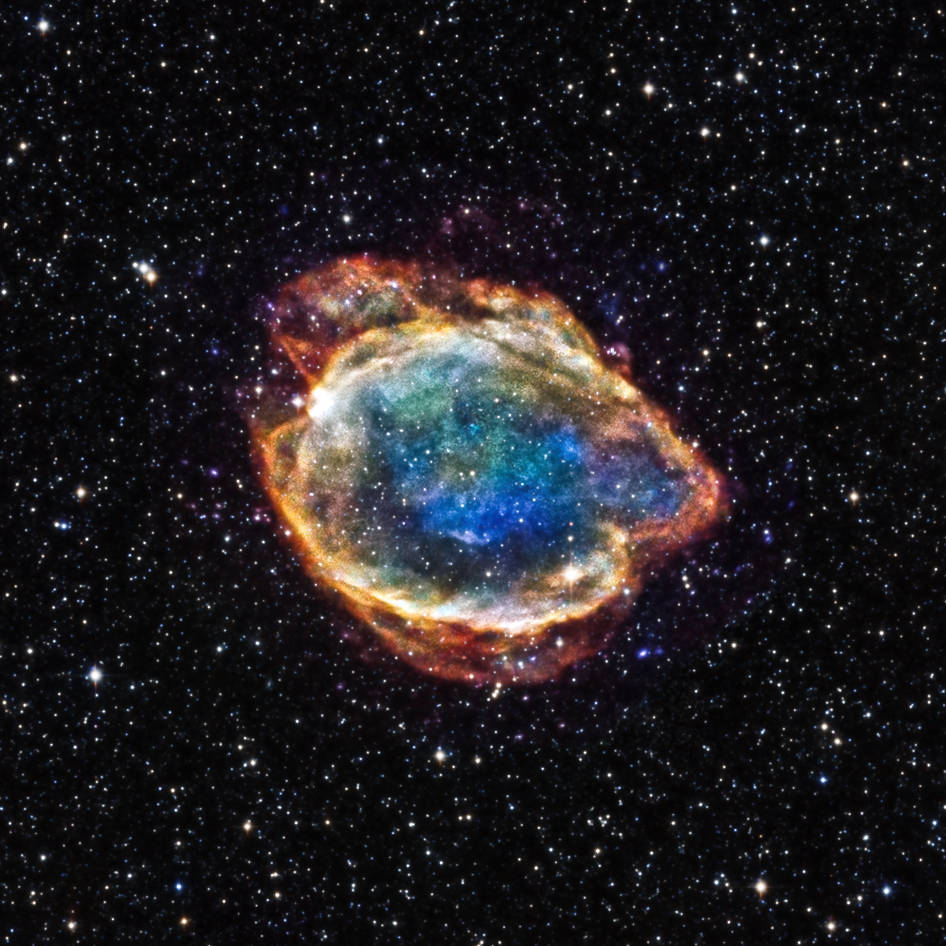
The Universe is out there, waiting for you to discover it.
Our mission: to answer, scientifically, the biggest questions of all.
- What is our Universe made of?
- How did it become the way it is today?
- Where did everything come from?
- What is the ultimate fate of the cosmos?
For countless generations, these were questions without resolutions. Now, for the first time in history, we have scientific answers. Starts With A Bang, written by Dr. Ethan Siegel, brings these stories — of what we know and how we know it — directly to you.
Get Starts With A Bang in your inbox
Featured
Why power generated through nuclear fusion will be the future, but not the present, solution to humanity’s energy needs.
It’s a strange idea to consider: that a tiny building block of matter, the atomic nucleus, holds the greatest potential for energy release.
And yet, it’s true; while electron transitions in atoms or molecules typically release energy on the order of ~1 electron-Volt, nuclear transitions between different configurations release energies a million times as great, on the order of ~1 Mega-electron-Volt.
Popular
From before the Big Bang to the present day, the Universe goes through many eras. Dark energy heralds the final one.
A wild, compelling idea without a direct, practical test, the Multiverse is highly controversial. But its supporting pillars sure are stable.
The surface and atmosphere is colored by ferric oxides. Beneath a very thin layer, mere millimeters deep in places, it’s not red anymore.
The first supernova ever discovered through its X-rays has an enormously powerful engine at its core. It’s unlike anything ever seen.
Just 13.8 billion years after the hot Big Bang, we can see 46.1 billion light-years away in all directions. Doesn’t that violate…something?
All Stories
The closest star system to Earth, just over 4 light-years away, has three stars and at least one Earth-sized planet. Is it time to go there?
In 1990, we only knew of the planets in our own Solar System. Today, the exoplanet count is more than 5000. Here’s what we’ve learned.
Empty, intergalactic space is just 2.725 K: not even three degrees above absolute zero. But the Boomerang Nebula is even colder.
When we started imaging the Universe with Hubble, every star had four “spikes” coming from it. Here’s why Webb will have more.
In the Saudi Arabian desert, the Al Naslaa rock formation looks completely unnatural. Its perfectly vertical split remains a mystery.
The far infrared reveals both the coldest and hottest gas in the Universe, and can teach us what no other wavelength range can.
Is there any good reason for assigning North and South the way we do, or could we have just as easily done the reverse?
For millennia, diamonds were the hardest known material, but they only rank at #7 on the current list. Can you guess which material is #1?
It rotates on its axis, revolves around the Sun, moves throughout the Milky Way, and gets carried by our galaxy all throughout space.
The laws of physics state that you can’t create or destroy matter without also creating or destroying an equal amount of antimatter. So how are we here?
In the night sky for March of 2022, only stars and the Moon, not planets, will greet you. The real show, however, arrives just before dawn.
Despite all that we’ve learned about the Universe, there remain unanswered, and possibly unanswerable, questions. Could “God” be the answer?
Shortly after planet Earth formed, life took a permanent hold on our surface. But just how common is such an outcome?
If dark matter exists in a large halo in our galaxy, made up of particles, then it’s passing through us constantly. But how much?
When we look out at the Universe, even with Hubble, we’re only seeing the closest, biggest, brightest galaxies. Here’s where the rest are.
There’s a limit to how large planets can be, and it’s only about double the radius of Jupiter. At least, so far.
The Big Bang was hot, dense, uniform, and filled with matter and energy. Before that? There was nothing. Here’s how that’s possible.
More than any other of Einstein’s equations, E = mc² is the most recognizable to people. But what does it all mean?
Despite being the closest planet to the Sun, Mercury “only” reaches 800 °F at its hottest. Venus is always hotter, even at night.
Planet Earth has been around for over 4.5 billion years, but humans? For 99.998% of our planet’s history, humans were nowhere to be found.
Professional astronomy images are the gold standard. But this Large Magellanic Cloud composite is the amateur community’s best image ever.
If you think of the Big Bang as an explosion, we can trace it back to a single point-of-origin. But what if it happened everywhere at once?
The natural wonders of Mauritius include the spectacular sight of an underwater waterfall. Here’s the science of how it works.
Out of all the galaxies we know, only a few little ones are missing dark matter. At last, we finally understand why.
The odds are slim, but the consequences would be devastating. Here’s what would happen, plus how to avoid it.
Move over, IC 1101. You may be impressively large, but you never stood a chance against the largest known galaxy: Alcyoneus.
If the electromagnetic and weak forces unify to make the electroweak force, maybe, at even higher energies, something even greater happens?
Once science operations begin for James Webb, we’ll never look at the Universe the same way again. Here’s what everyone should know.
Lake Baikal holds nearly one-fourth of Earth’s fresh surface water and is the most scientifically interesting lake on our planet.
With 1550 distinct type Ia supernovae measured across ~10 billion years of cosmic time, the Pantheon+ data set reveals our Universe.






